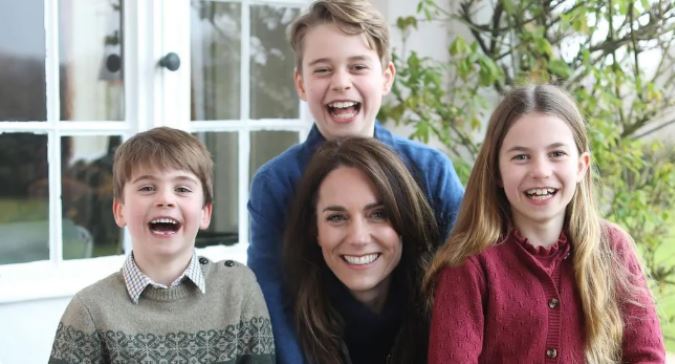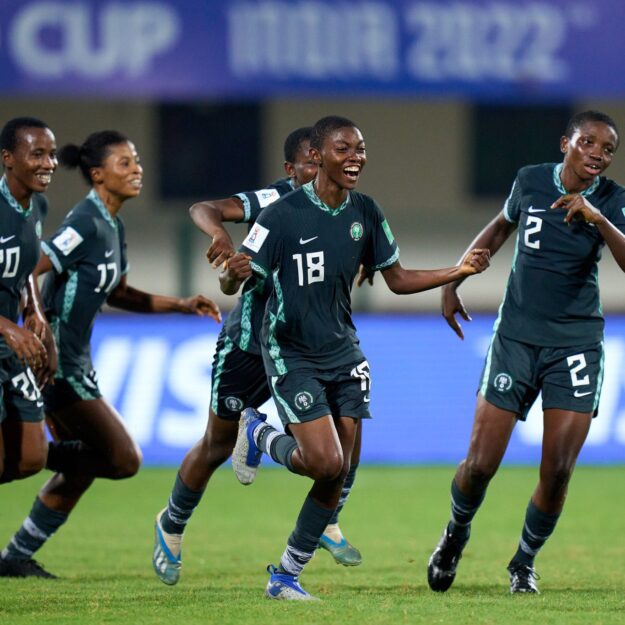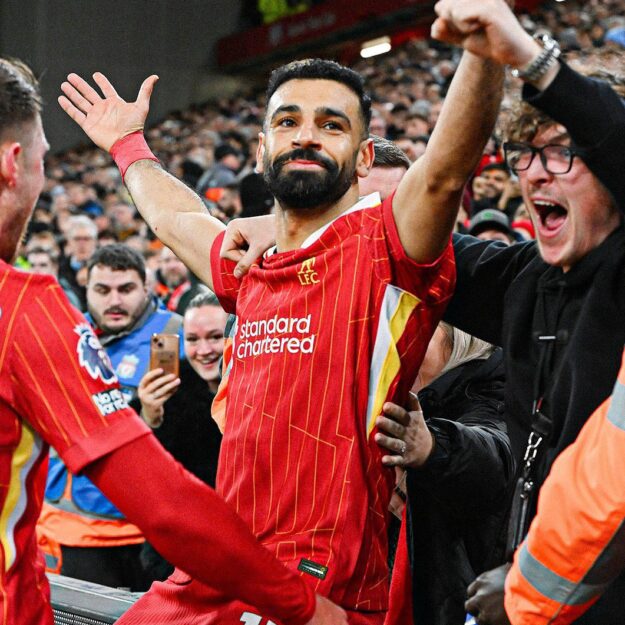
The press has been unkind to Kate Middleton, the Princess of Wales. I find it hard to understand why, of all the problems at this time, from the cost-of-living crisis to the war in Ukraine, and from the war in Gaza to the near total loss of trust in politicians, it is Kate’s unguarded photoshop moment on Mother’s Day, of all days, that is the obsession.
And there’s no better time to catch the British press swooning with testosterone than when a member of the royal family trips. They go all out. Nothing smells like the scent of royal blood and the hounds spare no stone.
And so, it was last week that a number of newswire services recalled or stripped photoshopped images of Princess Kate and her three children from their dispatches. The kinder ones among the newspapers nailed every single offending spot on the photo with a red flag, labelling and listing the photographic infractions one by one.
Daily Mail circled 10 spots, with lengthy captions on what it described as Kate’s “pic scandal.” My heart bled for the Princess of Wales, but something deep inside kept saying, if this had been Meghan Markle, the Duchess of Sussex and famous Witch of Windsor, it would have been worse. I can imagine that the most generous description from the Daily Mail stable, for example, would have been something like, “Meghan in epic scandal!”
But what’s the point of it, really? Since the outbreak of the so-called Kate pic scandal, I have been brooding over images that I see very often as DPs and also on some WhatsApp Status. I’m keeping myself to that microblogging site and the mainstream press. There’s no need to bother with Insta, probably the worst photographic crime scene since Joseph Niepce invented the camera.
Who is this?
I have seen DP posts not remotely resembling folks that I know in real life. In a number of these meticulously airbrushed DPs, these same less than averagely endowed
folks look so fine, faces nicely chiseled, neckties in place, or necklines plunging, and every strand of hair in place with poses like something out of Vanity Fair. You cannot
sometimes help but zoom in and look again.
My anecdotal experience suggests that normal people, especially normal young girls and women, have fabricated more Kate Middleton moments than they can count. I have seen folks who are fat – that word has been banned by the language police – looking incredibly slim on their profiles or those who are black or brown looking all fair and incredibly white.
I have also seen folks with ageing-borne wrinkles, birth marks or even a few blemishes or dimples in real life look breathtakingly flawless on their DPs. I have never stopped wondering what this digital filter is really all about.
If the Daily Mails of this world have to spotlight every single photoshopped celebrity image – never mind the millions of celebrity wannabes – God knows how many would be out of circulation or perhaps be standing trial in the court of public opinion along with the Princess of Wales.
I have shied away from digital makeover, not out of self-righteousness, but because I have accepted my flaws and physiological shortcomings as part of the gifts of an imperfect earth life. Why do people go to extra lengths to make over and then portray themselves in images that are not remotely who they are?
Of course, photo airbrushing didn’t start with the Princess of Wales or the folk in that DP who’s probably the aspirational version of the image you’re looking at right now.
Fakery industry
Joseph Stalin erased enemies like Nikolai Yezhov, who played a significant role in the Great Purge out of photographs because he thought doing so would wipe
away the man’s memory from history. He didn’t quite succeed.
In the 2004 presidential campaign, opponents of John Kerry spliced his photograph and that of actress and anti-war activist Jane Fonda to discredit his war record. And, come to think of it, this same Daily and Sunday Mail that have been unforgiving of the Princess of Wales fell flat for the epic Kerry photo forgery!
Seven years later, an ultra-Jewish newspaper suspected of religious influence erased Hilary Clinton and Audrey Tomason from a Situation Room picture taken moments before President Barack Obama authorised the strike on Osama bin Laden. Here again, as in the Kerry pic scandal, the press was duped.
Of course, it’s not every time that something bad comes out of an awkward photo moment. In 2016, for example, King Abdallah of Saudi Arabia caused a minor sensation when he and his brother, Crown Prince Sultan, were photographed with women without their faces covered.
They would have been pleased to pay a million riyal to plug a leak or scrub it if they had known beforehand. The ticking photo-bomb was released only for a government official to defuse it the next day by simply saying the photo showed that, “It was OK to work with women!”
Does it matter?
Back to the question: why do people manipulate photos? Studies have suggested a number of reasons. A study by BMC Psychology last April suggested that reasons for image-manipulation or photoshopping are rooted in self-objectification where individuals involved are keenly aware of, even sometimes obsessed by, their physical looks, which tends to affect everything, including their sense of self-esteem.
The higher the investment in social media, the higher the tendency to use tools, including photoshop and other image-filtering apps, to look incredibly, yet quite often, deceptively, good. But that’s the modern playground, the place where billions work and move and define their being.
The domain is not limited to royalty. Obsession to twist, scrub and bend things from their essence as sacrifice on the altar of the post-modern self is just as widespread in royalty as it is in fashion, journalism, marketing and politics. And the realm is getting larger and larger because increasingly the only thing that matters, that is rewarded and celebrated, is success. Everything else is judged harshly.
The art of it
There is of course also the ethical question of boundaries. While there are those who argue that image-alteration is a form of art which has produced such geniuses as Erik Johansson or Rosie Hardy, for example, there are others who take the view – and I agree – that unethical retouching can contribute to body image issues, especially among young people, fostering feelings of inadequacy and insecurity.
To encourage authenticity and hopefully slowly create a society where people are not ashamed – or afraid – to be who they are, perhaps we need to be less severe and more forgiving and transparent when we scrub those images. And yes, we must also learn to take ourselves a lot less seriously.
We may not yet look like the Madonna we wanted to be, but at least we can go to bed satisfied that we have paid our two cents to create a healthier, more responsible visual landscape.
Ishiekwene is the Editor-In-Chief of LEADERSHIP
You may be interested

2024 CHANQ: History Not Kind To Us Against Ghana –Ogunmodede
Webby - December 24, 2024Home-based Super Eagles coach Daniel Ogunmodede says history has not been good to Nigeria when they face rivals Ghana.The home-based…

Ex-Chelsea Star Oscar Returns To Boyhood Club Sao Paulo
Webby - December 24, 2024Former Chelsea midfielder Oscar is returning to his Brazilian boyhood club Sao Paulo after 14 years, which included a long…

‘I’m Incredibly Proud’– Arokodare Talks Up Genk’s Unbeaten Home Streak
Webby - December 23, 2024Tolu Arokodare is full of excitement followingGenk’s historic victory over Anderlecht, reports Completesports.com.Sunday’s win at the Cegeka Arena was the…


















![American Pastor, David Wilson Seen Eating The Box Of Woman Who Isn’t His Wife [Video]](https://onlinenigeria.com/wp-content/uploads/2019/10/american-pastor-david-wilson-seen-eating-the-box-of-woman-who-isnt-his-wife-video-150x150.jpg)









